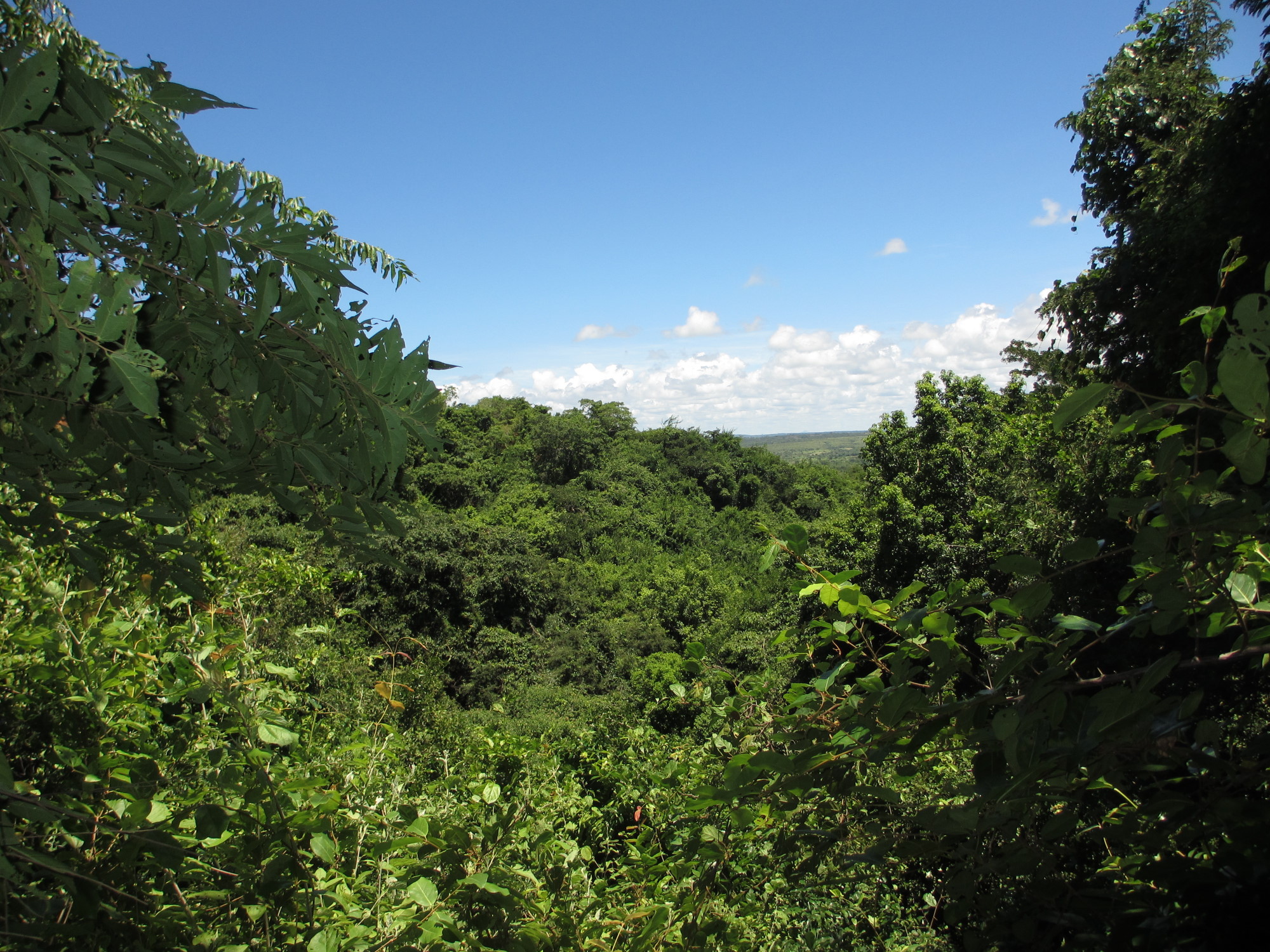
Share
Related Links
Natural Forest Management: Promoting Sustainable Use in Mozambique
Natural Forest Management: Promoting Sustainable Use in Mozambique (Portuguese)
Assessing Forest Governance in Mozambique
External Related Links
FCPF Mozambique REDD+ Readiness Grant
Mozambique Conservation Areas for Biodiversity and Development Project
Moz Agriculture and Natural Resources Landscape Management Project
Fighting Deforestation in the Miombo Woodlands of Southern Africa
Attachments
NaturalForest Brochure 8.5x11_Port_r5_web.pdf
NaturalForest Brochure 8.5x11 R5_web.pdf
PBrief_miombonetwork_English.pdf
Mozambique Forest Sector Review and Knowledge Management
CHALLENGE
Forests cover over half of the land area in Mozambique, and forest-based activities and industries are an important contributor to the country’s economy and a major source of employment and income in rural areas. But although the forest sector in Mozambique could contribute significantly to GDP and rural incomes, but it is constrained by substantial governance issues, which also indirectly drive forest loss. Challenges include low levels of compliance with environmental and social regulations, as well as widespread illegal logging.
While natural timber offers significant potential for raising incomes and generating jobs at the local level, this will require policy reforms to ensure better control, inspection and management and information systems, as well positive incentives towards sustainable forest management. The Government of Mozambique is committed to addressing forest-related challenges. A new Ministry of Land, Environment and Rural Development (MITADER) has been established, bringing together responsibilities that were previously spread across several ministries, for improved coordination when it comes to cross-sectoral issues.
APPROACH
This activity will support Mozambique’s Forest Review and build critical capacity for forest landscape planning at the national and sub-national levels. This will be achieved through the following steps:
- Produce a financial assessment of forest concessions with several financial scenarios, including options to maximize the financial return of forest concessions and their capacity to contribute to local development. This work will also assess the private sector’s main barriers towards sustainability, including access to finance.
- Carry out a participatory forest governance assessment tool, consisting of indicators that systematically cover the various aspects of what constitutes good forest governance in terms of policy, legal, institutional and regulatory frameworks; planning and decision-making processes; and implementation, enforcement and compliance.
- Apply the Restoration Opportunity Assessment Methodology (ROAM) used by the International Union for the Conservation of Nature (IUCN) and the World Resources Institute (WRI) to identify priority areas for forest restoration, calculate costs and benefits, and consider finance and investment options.
- Organize a regional seminar to improve existing knowledge of the miombo woodlands, which include various types of ecosystems across central and southern Africa, such as tropical grasslands, savannas and shrub lands
RESULTS
In terms of final outputs, the financial assessment of forest concessions provided empirically based, up-to-date information on the financial feasibility of sustainable natural forest management in Mozambique. The study, along with the participatory forest governance assessment, will be useful not only in designing Mozambique’s FIP plan, but also for the government’s review of forest laws and policies.
The ROAM tool was piloted across 10 districts under the Agriculture and Natural Resources Landscape Management Project, and will help orient the investment of about US$ 4 million in restoration-related activities in these areas. Government counterparts played an important role in defining Mozambique’s commitment towards restoring 1 million ha of deforested and degraded area by 2030, as laid out under AFR100. The pilot drew considerable attention to the restoration agenda in Mozambique, providing momentum to related discussions in the country. While gender aspects were considered in the initial planning of the exercise, it is clear that more efforts should be dedicated to this in the future: women accounted for no more than 15 percent of participants in consultations and trainings undertaken within the context of this pilot.
Finally, In July, the Miombo Network convened a meeting on Restoring the Socio-Ecological and Socio-Economic Relationships in the Miombo Woodlands, which created an action plan for the next three years focused on the following themes: drivers of land use change, restoration, adaptation to climate change, socio-ecological relationships and forest governance (see blog for further detail). While recognizing that still a lot has to be done, the conference increased participants’ understanding of the forest sector.
For stories and updates on related activities, follow us on twitter and facebook , or subscribe to our mailing list for regular updates.
Last Updated : 06-16-2024








